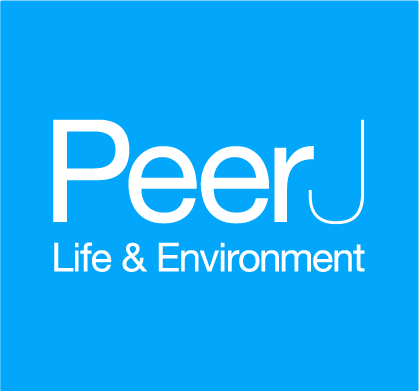Document type: scientific synthesis published in PeerJ
Authors: Bukhari SSUH, Parkes RSV, Sneddon LU, McElligott AG.
Preview: Animal welfare is the state of an animal's body and mind and the level to which its requirements are satisfied. Animal welfare is affected by human decisions and actions. Numerous decisions concerning animals are driven by human desires to enhance their own lives, and some of these decisions may be influenced by self-interest or a strong emphasis on economic factors. How to assess the welfare state of animals is a central issue in animal welfare science. Two critical questions can be used to address animal welfare: first, is the animal healthy, and second, does the animal have what it needs? Both of these questions can potentially be answered using the study of animal behavior. The development of behavioral methodologies is crucial for evaluating welfare in contexts where concern for animal welfare is often highest, such as on intensive modern farms and sites where working animals are used. Herein, we discuss animal welfare by focusing on some of its major concepts and explanations. Later, to illustrate key aspects of animal welfare, we chose to examine the information that is available for some 'neglected' livestock species, which are commercially important on a global basis and found in large numbers: buffaloes (Bubalus bubalis), camels (Camelus dromedarius), donkeys (Equus asinus), mules (Equus asinus × Equus caballus), and lumpfish (Cyclopterus lumpus). We chose these species because there are major ongoing concerns about their welfare, and more research is required to help solve the various problems. Overall, there are strong imbalances in terms of the species that are usually studied in terms of animal welfare research, and we call for greater attention to those that have traditionally been neglected.






